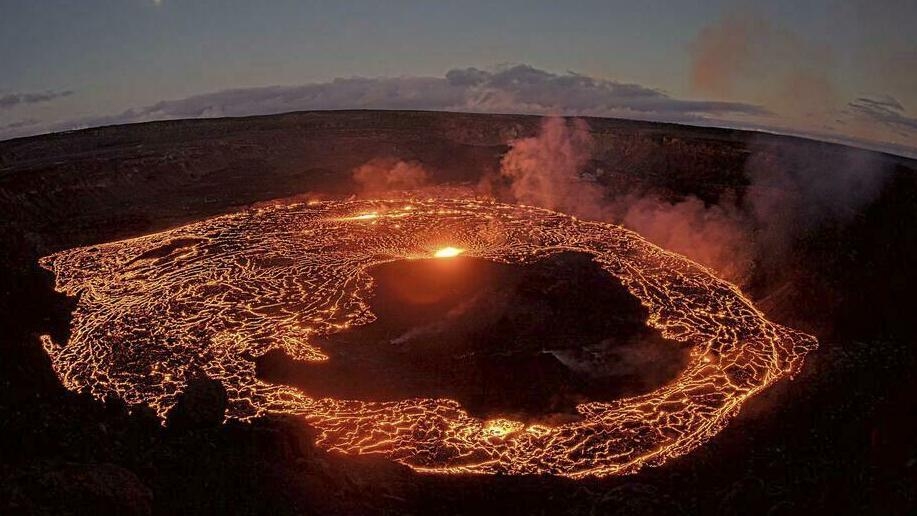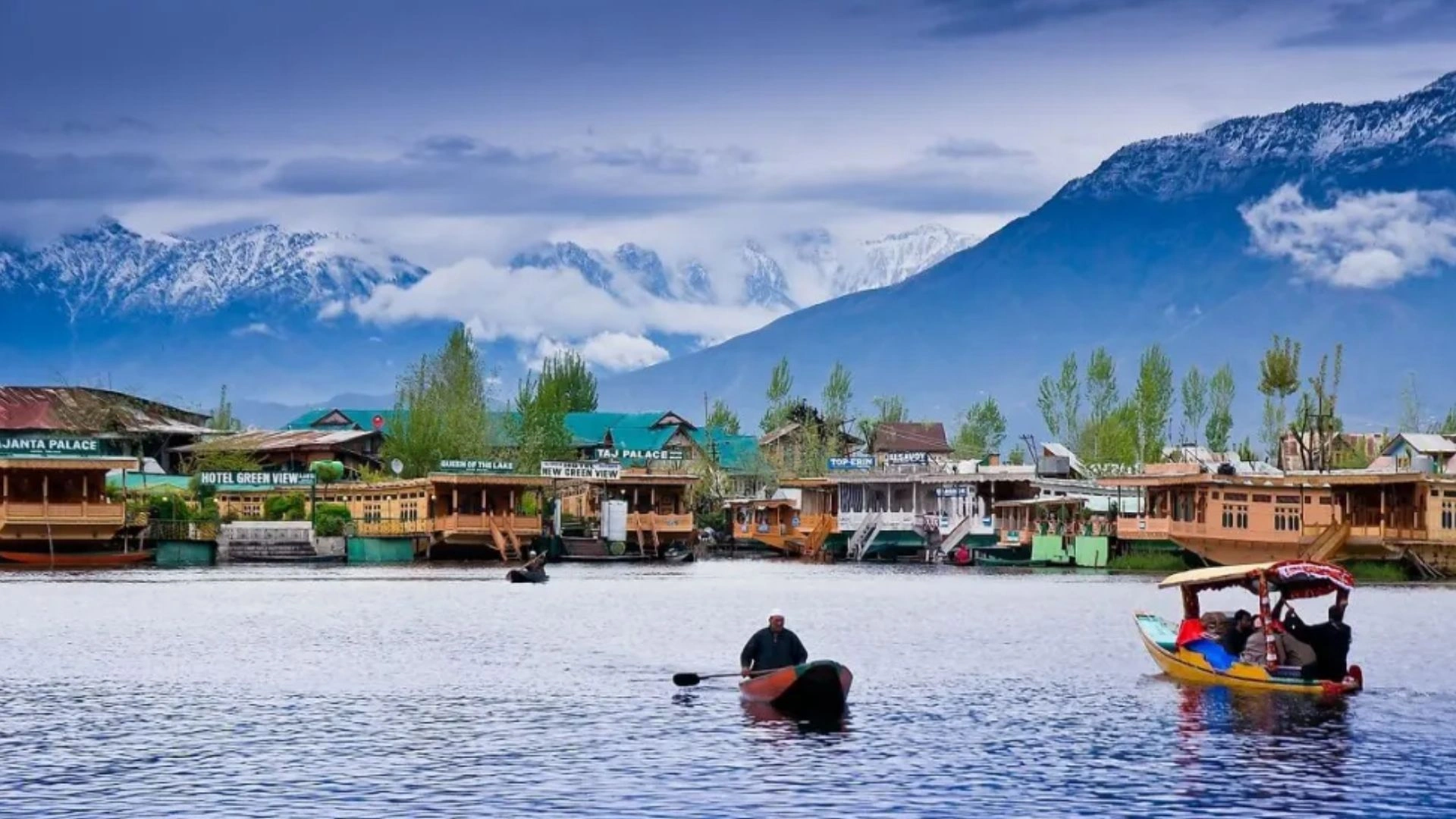Kilauea, one of the world’s most active volcanoes located on Hawaii’s Big Island, has resumed its explosive activity after a three-month hiatus. The volcano, known for its periodic eruptions, has attracted the world’s attention once again as it spews ash, lava, and hazardous fumes into the atmosphere.
The USGS Volcano Observatory noticed a “glow in Kilauea webcam images indicating that the eruption has resumed within Halema’uma’u crater” in the volcano’s summit caldera shortly after 4:30 p.m. HST on Jan. 5, the agency said in a statement.
Increased surveillance has been deployed in the impacted areas, and evacuation procedures are in place to protect the safety of nearby communities.
The eruptions of Kilauea offer a number of risks, including the discharge of deadly sulfur dioxide gas, the formation of volcanic ash clouds, and the likelihood of lava flows that could harm local structures and infrastructure.
The HVO is actively monitoring these threats in coordination with other relevant agencies in order to offer timely updates and appropriate safeguards to the public.
Kilauea’s most recent significant eruption occurred in 2018, when lava flow destroyed houses and caused thousands of inhabitants to flee. Since then, scientists have been actively watching the volcano’s activity in order to better understand the patterns and dynamics of volcanic eruptions.
The restart of Kilauea’s activity serves as a reminder of our planet’s dynamic and unpredictable nature. While it poses obstacles and threats, it also provides significant opportunities for scientific research and a deep appreciation of Earth’s natural beauty.


















